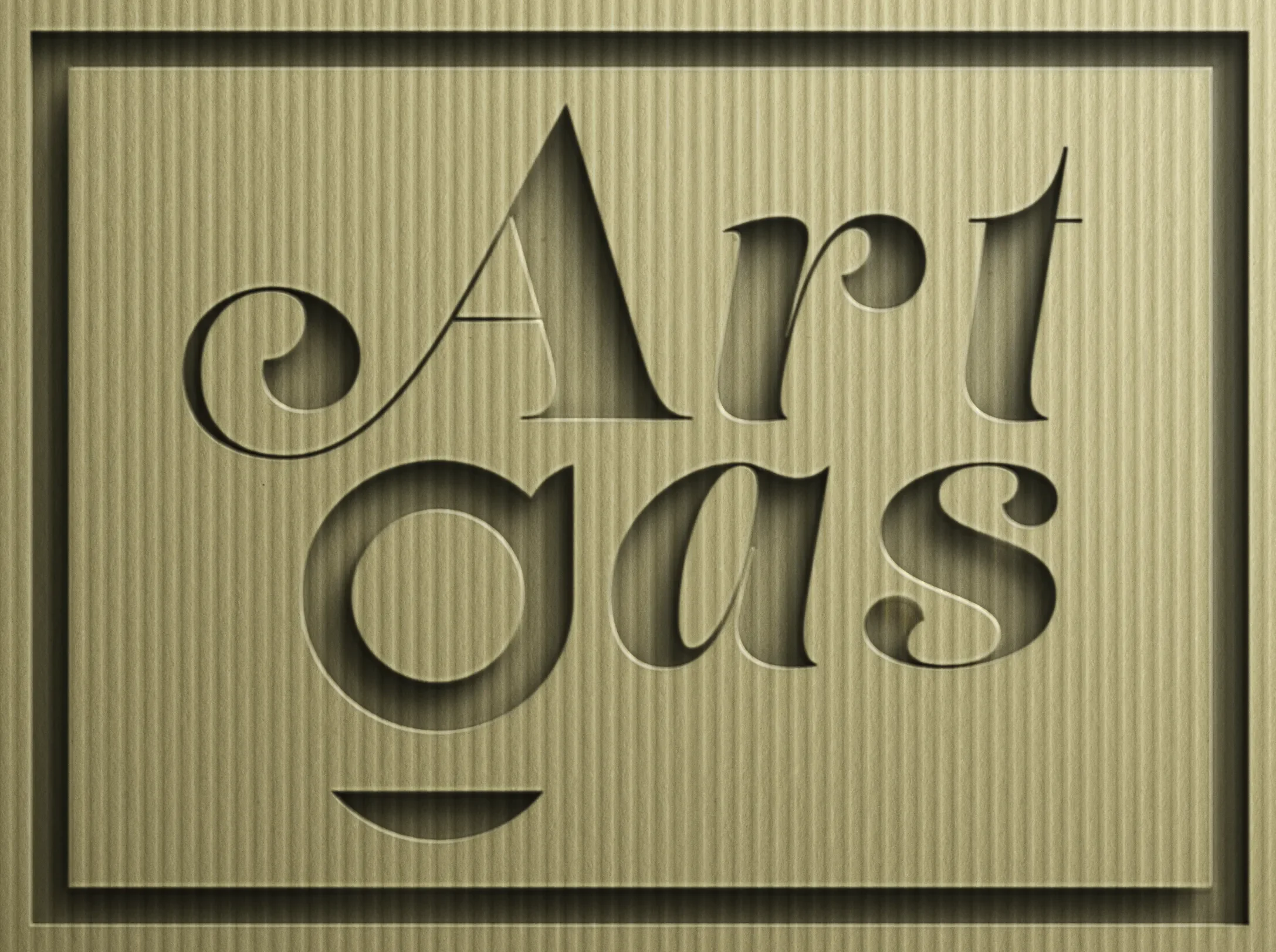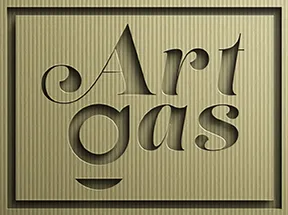Modern Abstract Art: A Journey Through Time and Creativity
Introduction
Modern Abstract Art, originally a revolutionary movement that defied traditional artistic norms, has now captivated new audiences and artists alike. With its unique ability to express complex emotions and ideas through non-representational forms. Its journey from the early 20th century to the present day reflects a dynamic evolution in aesthetics, philosophy, and technique. This ARTicle explores the rich history, significance, and variations of modern abstract art, delving into its classic and AI-generated styles, and highlighting key artists who have shaped its landscape.
The Origins and Evolution of Modern Abstract Art
Historical Context
The roots of modern abstract art can be traced back to the late 19th and early 20th centuries, a period marked by rapid industrialization and social change. Artists began to question traditional representation in art, seeking to express more than just the visible world. This quest led to the birth of abstract art, where color, form, and line became the primary subjects of artistic expression.
Early Pioneers
Pioneers like Wassily Kandinsky, Piet Mondrian, and Kazimir Malevich played pivotal roles in developing the initial concepts of abstract art. Kandinsky’s belief in the spiritual in art and Mondrian’s reduction of forms to basic geometric shapes were foundational in the movement’s development.
The Popularity and Appeal of Modern Abstract Art
Why is Modern Abstract Art Popular?
- Emotional Expression: Abstract art allows for the exploration of deep emotional states, offering viewers a visceral and personal experience.
- Freedom from Representation: It provides a break from traditional representational art, offering a new visual language.
- Diversity of Interpretation: Each viewer may interpret an abstract work differently, making it universally engaging.
Who Does It Appeal To?
Modern abstract art appeals to a broad audience, including art enthusiasts who appreciate the emotional depth and intellectual challenge it presents, as well as casual viewers who enjoy its aesthetic qualities.
Classic Variations of Modern Abstract Art
1. Cubism
- Description: Characterized by fragmented and geometric forms, it challenges traditional perspectives.
- Noteworthy Artists: Pablo Picasso and Georges Braque.
2. Abstract Expressionism
- Description: Known for spontaneous, bold brushstrokes and emotive intensity.
- Noteworthy Artists: Jackson Pollock and Mark Rothko.
3. Suprematism
- Description: Focuses on basic geometric forms, such as circles and squares, in a limited range of colors.
- Noteworthy Artists: Kazimir Malevich.
4. Color Field Painting
- Description: Utilizes large areas of a single color to evoke a meditative response.
- Noteworthy Artists: Mark Rothko and Barnett Newman.
AI-Generated Variations of Modern Abstract Art
1. Generative Abstract Patterns
- Description: Created using algorithms, these patterns offer complex and often fractal-like designs.
- Noteworthy AI Programs: DeepDream, Google’s AI.
2. Neural Abstract Art
- Description: Uses neural networks to create abstract compositions that mimic human creativity.
- Noteworthy AI Programs: GAN (Generative Adversarial Networks).
3. Interactive Abstract Art
- Description: Evolves in real-time based on viewer interactions, often created through AI.
- Noteworthy AI Programs: TensorFlow.
Noteworthy Artists and AI Programs
- Classic Artists: Wassily Kandinsky, Piet Mondrian, Jackson Pollock.
- AI Programs: DeepDream, GAN, TensorFlow.
Working Links for Further Exploration
Main Keywords for the Page
- Modern Abstract Art
- Cubism
- Abstract Expressionism
- Suprematism
- Color Field Painting
- AI Art Generation
- Neural Networks in Art
- Generative Art
MidJourney V6 Prompts for Each Style
1. Cubism: “Create a cubist painting featuring geometric shapes, fragmented forms, and overlapping planes in a harmonious color scheme.”
2. Abstract Expressionism: “Generate an abstract expressionist artwork with bold, spontaneous brushstrokes and a vibrant color palette.”
3. Suprematism: “Design a suprematist composition using basic geometric forms like circles and squares in black, white, and primary colors.”
4. Color Field Painting: “Produce a color field painting emphasizing large areas of a single color to evoke calmness and meditation.”
5. Generative Abstract Patterns: “Create a generative abstract pattern with complex, fractal-like designs using AI algorithms.”
6. Neural Abstract Art: “Develop an abstract artwork using neural networks, showcasing AI’s interpretation of human creativity.”
7. Interactive Abstract Art: “Design an interactive abstract art piece that evolves in real-time based on viewer interactions, using TensorFlow.”


